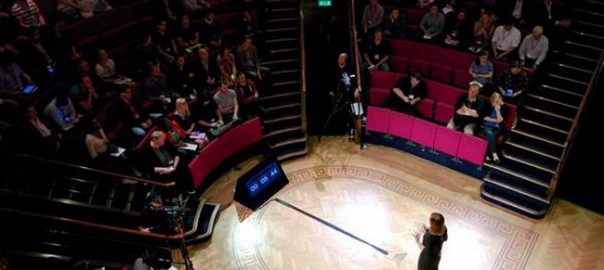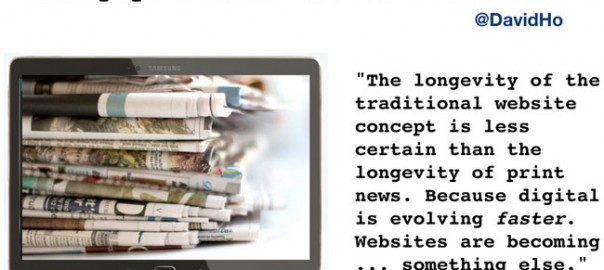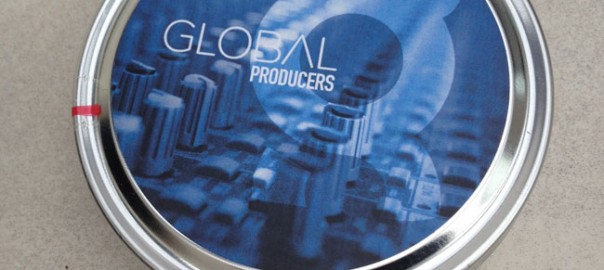As always, this year’s Next Radio conference in London featured plenty of great speakers discussing the impact of digital on traditional radio business models and how they’ve used content to re-engage with their audience across multiple platforms.
Global Radio, NPR Radio, BBC, CBC Music – these were just some of the brands that presented, but the most significant was the inclusion of Tom Loosemore from the GDS who discussed how an effective content strategy is not just about delivering a better UX, it’s about changing the organisation. But more on that later.
Kicking off proceedings, James Rea from LBC talked about the impact of going national earlier this year and how they’ve repositioned our journalists across the UK to deliver the biggest breaking news first. Although he spoke about the importance of the presenters who help shape the personality of the brand, he emphasised that the whole radio proposition starts with the audience. Without callers phoning in and trusting the brand to express their ‘live, immediate, moments of personal relegation’ (to quote James O’Brien) the station wouldn’t have any ‘hit records’. For LBC, the focus on the audience is an absolute prerequisite for a successful talk radio show.
Mike Hill from UK Radio Player argued that the industry will face real problems if it continues to release complicated devices with confusing interfaces. “Radio should be Simple”, he said. Simple tasks like tuning should not be difficult. It’s a problem that has to be nailed soon particularly with the release of new connected in-car audio systems. If we don’t make UX intuitive then we’ll all lose out. Mike also teased a new hybrid digital adaptor that will hit the market soon.
Another highlight included Anya Grundmann from NPR Music who showed how their digital presence now exceeds that of their traditional radio reach. The NPR’s content strategy has already been well documented but I was particularly interested in their Tiny Desk series which demonstrated how a simple live artist performance can be extended across digital.
Here’s a personal favourite of mine featuring John Grant:
Our very own Charles Ubaghs (Head of Social Media, Global) took us through the hugely successful social media strategy on Classic FM. “Treat Social as a distinct editorial channel” he said and took us through several examples where the brand has bridged the gap between what many people may consider a niche topic, and what people want to read in their social media streams.
Finally, hats off to Tom Loosemore from GDS for his inspiring overview of their content strategy and their objectives. This is someone who certainly doesn’t pull any punches: “We’re not here to create a better user experience, we’re here to change government”. As a content strategist it was fantastic to see Tom’s inclusion as part of this event and I’ll certainly be taking a few tips. If you’ve not read about GDS then you can read more here.
So there you go, just a few highlights from the event. I can’t go without a final thought from radio producer Jonathan Ruffle who told us that the big idea behind his forthcoming radio WW1 documentary Tommies was simply this: “Mankind is a moth to the flame of war”. Wow, wasn’t expecting that at a media event and I think I’ll be mulling that over for the rest of my life.
Thanks to James Cridland and Matt Deegan for putting such a fantastic event together.
See you all next year!


